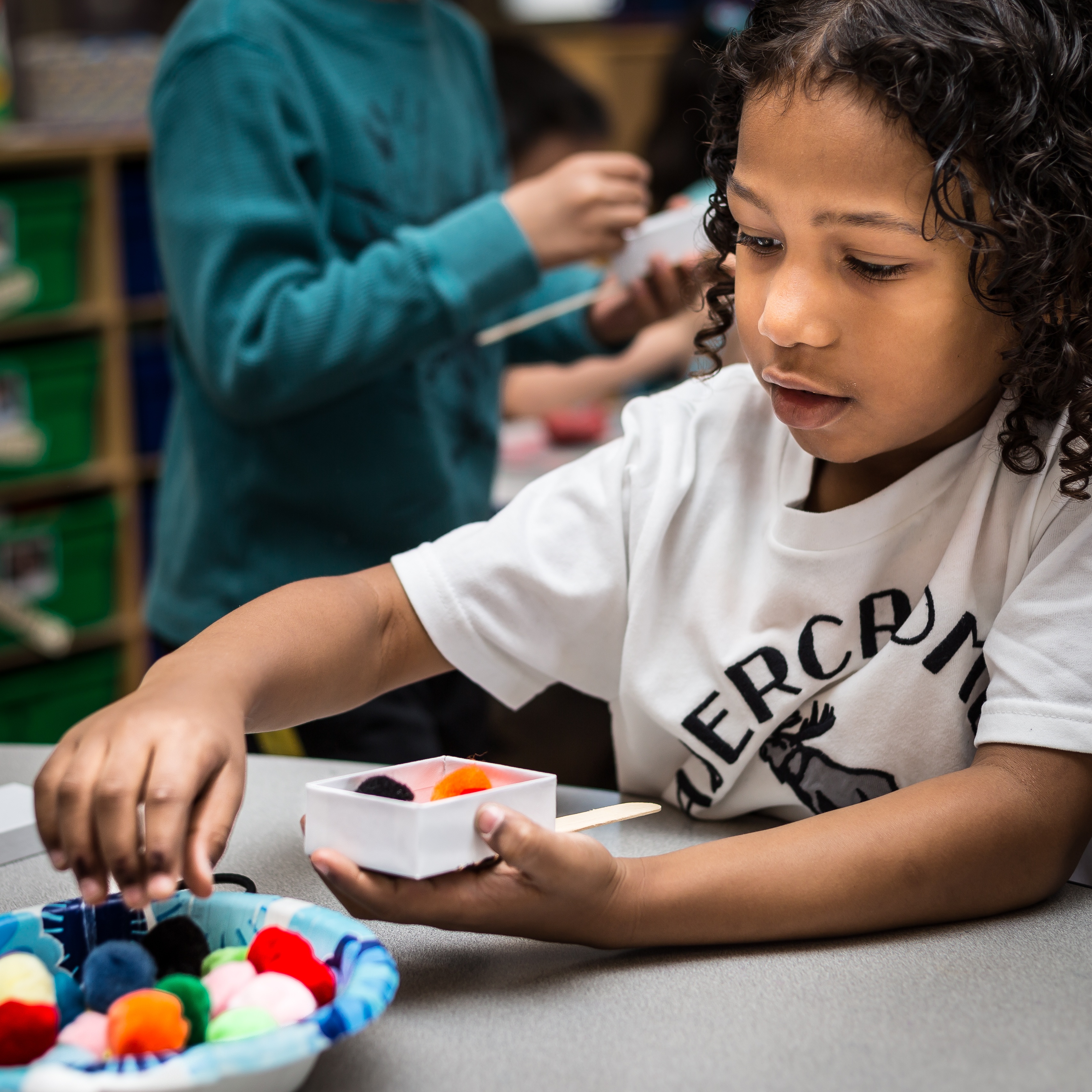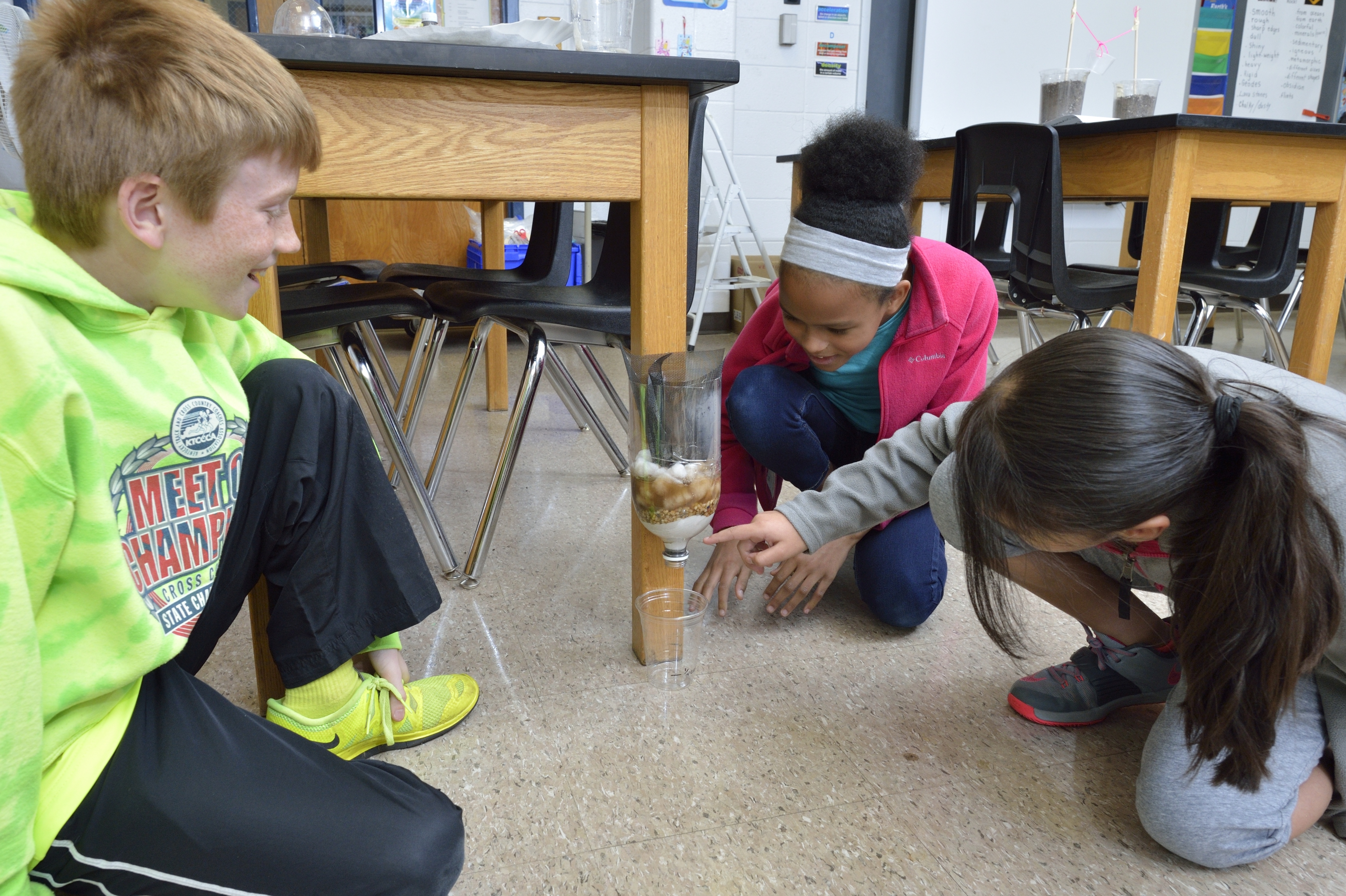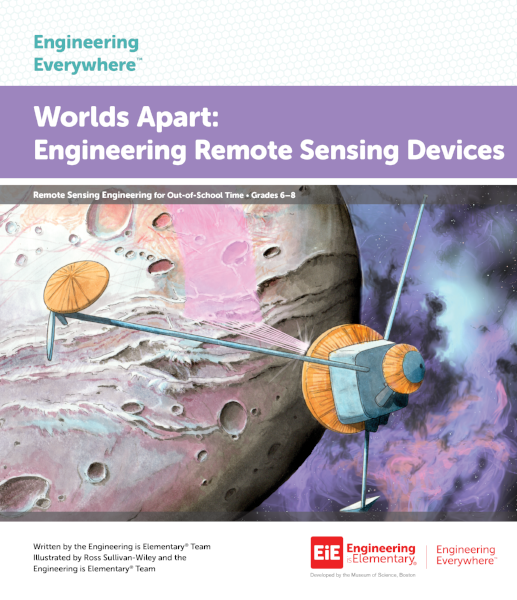Reading to young children sets them up to succeed in more ways than one! Stories are powerful tools that can help young children build empathy, develop language skills, discover the world around them, and learn more about the concepts they’ll learn later on in their schooling. That’s why we’re always on the lookout for great STEM books to read with young learners (3-5). These age-appropriate STEM storybooks will help make STEM accessible to them and spark an early interest in these subjects.
Early Childhood STEM Education | Preschool | Pre-K | Early Engineering | Thursday, August 30
5 Awesome STEM Storybooks for Preschoolers
EiE Resources for Teachers | Tuesday, May 22
How Three Educators Made Impactful Local Connections to Engineering
One of EiE’s design principles is to set all of our units in a real-world context to give students an idea of what engineers really do. Because of this, we’re constantly finding connections to our units in the news and in viral videos. But nothing makes us happier than hearing about EiE educators who make local and global connections in their own classrooms! We’re always blown away by the creative ways that educators inspire their students, and today we wanted to share some of their stories with you.
Early Childhood STEM Education | Wee Engineer | Preschool | Pre-K | Early Engineering | Thursday, August 30
Engineering for Preschoolers: How Young Children Engineer
Starting engineering early sets young learners up for success in school and life. But before asking a preschooler to engage in an engineering activity, it’s important to have a reasonable expectation of what that looks like and what an age-appropriate challenge for a young child to tackle might be. To design Wee Engineer, our preschool/Pre-K engineering curriculum that will launch Fall 2018, we first broke down the practices (or habits of mind) that define engineering and asked ourselves a simple question, “What does it look like when a preschooler engineers?” After hours of observing preschoolers in various settings, reviewing literature on child development, talking with preschool educators, and testing our own preschool engineering activities, here’s what we learned about engineering practices for this young age group.
Additionally, if you'd like to learn more about early childhood STEM, sign up for our free email course Early Childhood STEM: Building the Foundation.
Online PD | Wednesday, May 16
You're Invited: Integration of STEM Subjects in Elementary Classrooms Webinar
EiE Professional Development is excited to host a free webinar entitled "Integration of STEM Subjects in Elementary Classrooms Webinar" on May 23rd 4:00 - 5:00 PM EDT that can help you improve your teaching practice. This webinar is suitable for elementary teachers of engineering and STEM specialists, as well as professional development providers and administrators who want to learn more about meaningful integration of STEM subjects and effective questioning strategies. You don’t need previous experience teaching the EiE curriculum to benefit from these engaging webinars. Learn more about the webinar below and register today!
Engineering Everywhere | Afterschool | Afterschool/Summer Camp | Friday, May 11
NEW After School/Summer Camp Unit for Sale!
In partnership with NASA, EiE has released a new afterschool/summer camp engineering unit for middle-school aged youth. Thanks to a Planetary Learning that Advances the Nexus of Engineering, Technology and Science (PLANETS) grant, EiE was able to collaborate with scientists from Northern Arizona University’s Center for Science Teaching and Learning (CSTL) and the U.S. Geological Survey (USGS) Astrogeology Science Center to create an engineering unit that will engage and inspire youth in afterschool programs.













